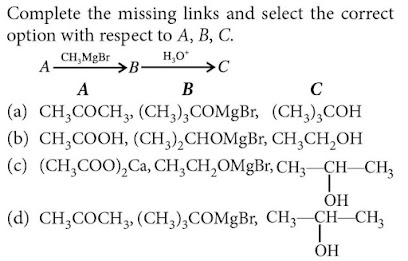"Basic Organic Chemistry Lecture Note:" is a
comprehensive and indispensable resource designed to guide students through the
intricate world of organic chemistry. This book serves as an enlightening
journey that unveils the fundamental principles of organic chemistry, enabling
readers to develop a profound understanding of the subject matter.
With its insightful content and organized structure, the book is divided into eight thoughtfully curated chapters that systematically introduce and explore the essential concepts of organic chemistry. From the very basics to more advanced topics, this book empowers students to confidently grasp and apply their knowledge in various scientific and practical contexts.
In this chapter, readers embark on an exploration of the
foundational concepts of organic chemistry, understanding the nature of
chemical bonds, molecular geometry, and the building blocks of organic
compounds. Clear explanations and illustrative diagrams aid in comprehending
the complexities of chemical structures.
Stereochemistry is a key aspect of organic chemistry, and
this chapter delves into the three-dimensional arrangement of atoms in
molecules. Readers will learn about chirality, enantiomers, diastereomers, and
how these concepts influence molecular behavior and reactivity.
The realm of alkanes and cycloalkanes is illuminated in this
section, as readers discover the properties, nomenclature, and reactivity of
these saturated hydrocarbons. Exploration of their conformations and potential
energy surfaces enhances the understanding of their behavior.
Unveiling the underlying mechanisms behind chemical reactions,
this chapter delves into reaction intermediates, reaction pathways, and factors
influencing reaction rates. With a focus on reaction mechanisms, readers
develop a deeper comprehension of why and how reactions occur.
Through this chapter, students learn about alkyl halides,
their preparation, and the diverse array of nucleophilic substitution and
elimination reactions they undergo. Mechanistic insights provide clarity on reaction
outcomes.
The fascinating world of alkenes and their addition
reactions takes center stage. Readers explore the various types of additions,
their regioselectivity, and stereoselectivity, enabling them to predict and
rationalize reaction outcomes.
In this chapter, the properties and reactivity of alkynes
are laid bare. From their preparation to their participation in diverse
reactions, readers gain a comprehensive understanding of these unsaturated
hydrocarbons.
The captivating realm of aromatic compounds is illuminated,
as readers delve into their structure, stability, and the intricacies of
electrophilic substitution reactions. From the famous Friedel-Crafts reaction
to other electrophilic aromatic substitutions, this chapter equips students
with the tools to comprehend and predict these reactions.
PRICE RM 6.00










